Name William Pender | Books The general to his lady | |
 | ||
Born February 6, 1834Edgecombe County, North Carolina ( 1834-02-06 ) Years of service 1854–61 (USA)1861–63 (CSA) Commands held 3rd North Carolina Infantry 6th North Carolina InfantryPender's BrigadeA. P. Hill's Light Division, III Corps, Army of Northern Virginia Battles/wars Indian WarsAmerican Civil WarBattle of Seven PinesSeven Days BattlesBattle of Cedar MountainSecond Battle of ManassasBattle of Harpers FerryBattle of SharpsburgBattle of FredericksburgBattle of ChancellorsvilleBattle of Gettysburg (Mortally wounded) Similar People George Meade, Stonewall Jackson, Joseph E Johnston, Joseph Hooker, Robert E Lee | ||
pender.wmv
William Dorsey Pender (February 6, 1834 – July 18, 1863) was a General in the Confederacy in the American Civil War serving as a Brigade and Divisional commander. Promoted to brigadier on the battlefield at Seven Pines by Confederate President Jefferson Davis in person, he fought in the Seven Days Battles and at Second Manassas, Fredericksburg and Chancellorsville, being wounded in each of these engagements. Lee rated him as one of the most promising of his commanders, promoting him to major general at twenty-nine. Pender was mortally wounded on the second day of Gettysburg.
Contents
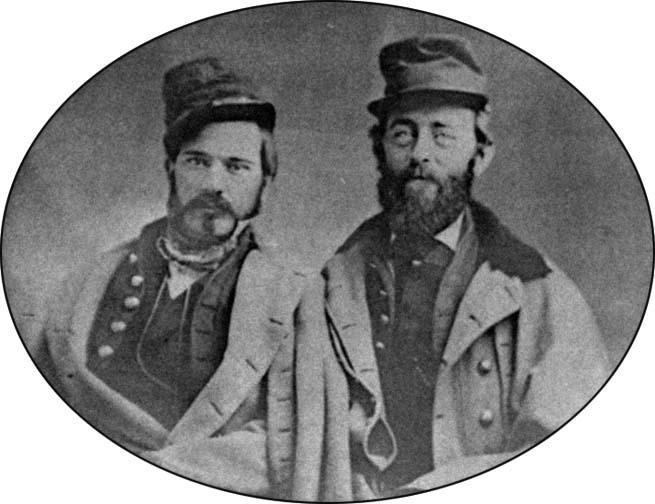
Early life
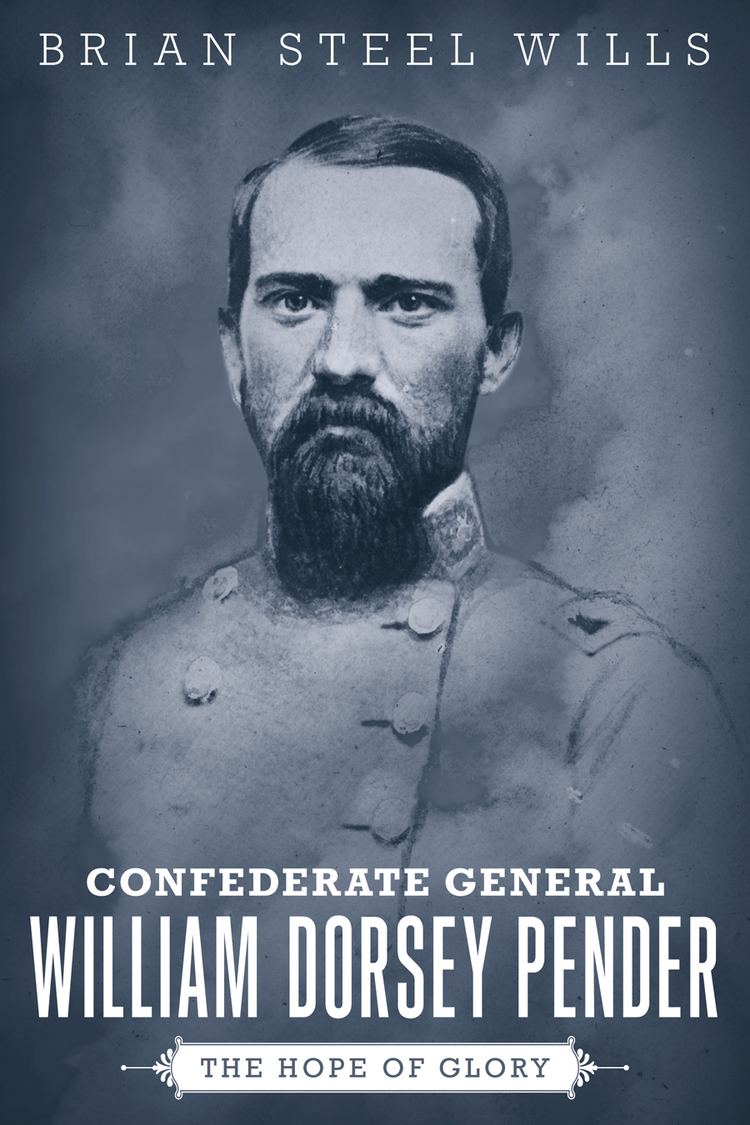
Dorsey Pender, as he was known to his friends, was born at Pender's Crossroads, Edgecombe County, North Carolina to James and Sally Routh Pender. He graduated from the United States Military Academy in 1854 and was commissioned a second lieutenant in the 1st U.S. Artillery regiment. He served later in the 2nd Artillery, and then the 1st Dragoons (heavy cavalry), where he demonstrated personal bravery in Washington Territory, fighting in the Indian Wars.
Civil War
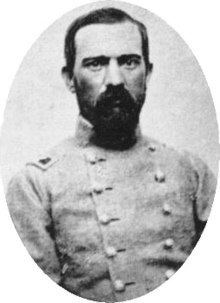
On March 21, 1861, Pender resigned from the U.S. Army and was appointed a captain of artillery in the Confederate States Army. By May he was a colonel in command of the 3rd North Carolina Infantry (also designated the 13th North Carolina) and then the 6th North Carolina. Tried in combat successfully in the Battle of Seven Pines in June 1862, he was promoted to brigadier general and command of a brigade of North Carolinians in Maj. Gen. A.P. Hill's Light Division. Confederate President Jefferson Davis personally promoted Pender on the Seven Pines battlefield.
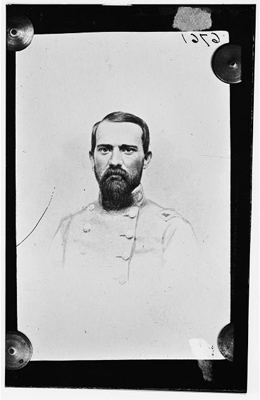
During the Seven Days Battles, Pender was an aggressive brigade commander. He was wounded in the arm at the Battle of Glendale, but recovered quickly enough to rejoin his brigade and fight at Cedar Mountain, Second Manassas (where he received a minor head wound from an exploding shell), Harpers Ferry, and Battle of Sharpsburg. At Sharpsburg, Pender arrived in the nick of time with A.P. Hill after a 17-mile march to save the Army of Northern Virginia from serious defeat on its right flank.
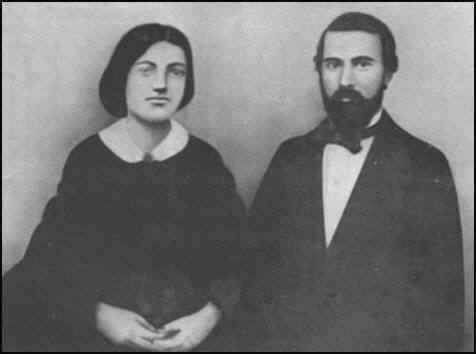
At Fredericksburg, he was wounded again, in his left arm, but the bone was unbroken, so he continued in command, despite the spectacle of him riding around bleeding. At Chancellorsville, on May 2, 1863, A.P. Hill was wounded in Thomas "Stonewall" Jackson's famous march and attack on the flank of the Union XI Corps; Pender assumed command of the division. On the following day, Pender was wounded in the arm yet again, this time a minor injury from a spent bullet that had killed an officer who stood in front of him.

Following the death of Jackson, Gen. Robert E. Lee reorganized his army and promoted A.P. Hill to command the newly formed Third Corps. Pender, at the young age of 29, was promoted to major general and division command. He was well regarded by his superiors. Lee wrote to Jefferson Davis, "Pender is an excellent officer, attentive, industrious and brave; has been conspicuous in every battle, and, I believe, wounded in almost all of them."
Death
Dorsey Pender's promising career ended at the Battle of Gettysburg. On July 1, 1863, his division moved in support of Maj. Gen. Henry Heth's division down the Chambersburg Pike towards Gettysburg. Heth encountered stronger resistance from the Union I Corps than he expected and was repulsed in his first assault. Uncharacteristically for the normally aggressive Pender, he did not immediately charge in to assist Heth, but took up positions on Herr Ridge and awaited developments. In Heth's second assault of the day, Hill ordered Pender to support Heth, but Heth declined the assistance and Pender once again kept his division in the rear. For the second time in the day, Heth got more than he bargained for in his assault on McPherson's Ridge. He was wounded in action and could not request the assistance from Pender he had earlier refused. Hill ordered Pender to attack the new Union position on Seminary Ridge at about 4 p.m. The 30-minute assault by three of his brigades was very bloody and the brigade of Brig. Gen. Alfred M. Scales was almost completely destroyed by Union artillery canister fire. In the end, Pender's men forced the Union troops back in and through Gettysburg.
On July 2, Pender was posted near the Lutheran Seminary. During the en echelon attack that started with James Longstreet's assault on the right, from the Round Tops through the Peach Orchard, Pender's division was to continue in the attack sequence near Cemetery Hill, to the left of Maj. Gen. Richard H. Anderson's attack on Cemetery Ridge. Pender was wounded in the thigh by a shell fragment fired from Cemetery Hill, and turned command over to Brig. Gen. James H. Lane. His division's momentum was broken by the change in command and no effective assault was completed. Pender was evacuated to Staunton, Virginia, where an artery in his leg ruptured on July 18. Surgeons amputated his leg in an attempt to save him, but he died a few hours later.
His superiors wrote in their official reports of the Gettysburg Campaign about Pender's death:
The loss of Major-General Pender is severely felt by the army and the country. He served with this army from the beginning of the war, and took a distinguished part in all its engagements. Wounded on several occasions, he never left his command in action until he received the injury that resulted in his death. His promise and usefulness as an officer were only equaled by the purity and excellence of his private life.
On this day (July 2, 1863), also, the Confederacy lost the invaluable services of Major General W. D. Pender, wounded by a shell, and since dead. No man fell during this bloody battle of Gettysburg more regretted than he, nor around whose youthful brow were clustered brighter rays of glory.
Legacy
He is buried in the graveyard at Calvary Episcopal Church, Tarboro, North Carolina. He is memorialized in the name of Pender County, North Carolina, founded in 1875. He is the posthumous author of The General to his Lady: The Civil War letters of William Dorsey Pender to Fanny Pender, published in 1965.
During World War II, the United States Navy commissioned a Liberty Ship, the SS William D. Pender, in honor of the fallen general.
